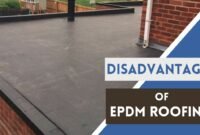Rubber roofing rolls offer an effective solution to prevent water seepage, a common issue in home roofing. These rolls act as a robust roofing membrane, ensuring that your home remains dry and comfortable even during heavy rains. By preventing water intrusion, they also help maintain a healthier indoor environment, free from humidity-related issues.
Rubber roof tends to be waterproof. It is more flexible so that the leakage can be covered well. But sure, if you are interested in installing this roofing type, there are still some matters you need to know besides the waterproofing mentioned above. Here are the explanations.
Read also: What is Roll Roofing ?
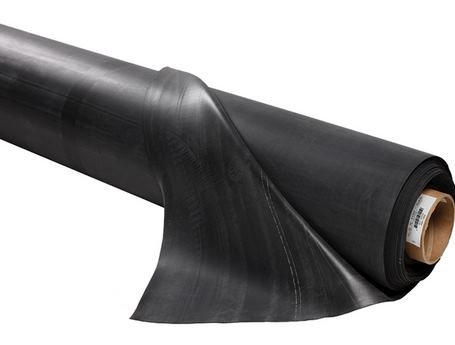
Benefits Rubber Roofing
It has been mentioned above that the rubber roofing is anti-leakage. Aside from it, there are still many more benefits you can get if you choose this roofing type. First, it tends to be a more long-lasting roof. The rubber roof is more durable for its ability to keep itself from weather change.
You can compare it with some traditional roofing types that often cause problems like cracks and corrosion. Even the heat only makes rubber expand but does not damage it. In general, the rubber roof can be used up to 50 years.
Second, rubber roofing is low-maintenance. Once installed, this roofing membrane requires minimal upkeep. The initial installation is the most effort-intensive part; after that, the roof remains resilient with little need for ongoing maintenance.
On other types of roofs, there is commonly moss and fungi to grow that fasten the weathering process. Well, there is no moss to grow on a synthetic material like rubber.
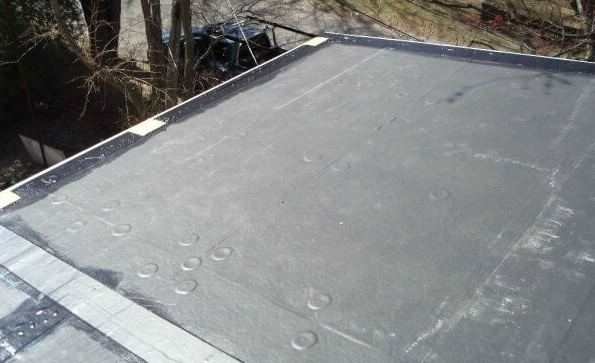
Third, the rubber roof is more environmentally friendly. It supports some go-green housing programs, including the rolled rubber roofing for mobile homes. It is probably a little bit contradictory how a synthetic and chemical material like rubber can be more environmentally friendly than natural ones like clay roofs.
The answer is that most of the rubber roof is made from recycled materials. Many manufacturers that produce the product also have been BBA certified to ensure that your environment will be kept safe and healthy when using the product.
Fourth, the repairing is easier. One of the points above mentions that the rubber roof is more long-lasting and durable. It also means that the product cannot be easily damaged. But in the case that the roof is damaged, the repairing is easier.
You only need to climb up above, clean the damaged area, and cover the damaged area with the appropriate primer. Lastly, cover tape to completely recover the damage.
Lastly, it is cheaper. It must be relieving for many people that what to spend for the roll roofing cost tends to be lower than others. Well, it is because the rubber is cheap as a building material. So, it can be a solution to improve your roofing without spending too much money.
Lacks Rubber Roofing
Having many benefits doesn’t mean that the rubber roofing roll is perfect. Sure, there are some shortcomings following behind that you should also think about.
The first lack is related to the process of installation. There will be many obstacles since the roof must feature chimneys, vents, lanterns, and more.
Since the rubber roll is in the form of a sheet, you need to cut it off so that it will attach to the roof well without covering some of the features mentioned above.
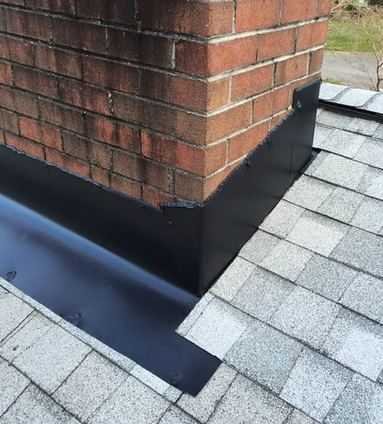
Secondly, finding the right person to install the rubber roof is probably hard. Of course, if you are not experienced enough, you are not recommended to install it by yourself. The result can be not good anyway. Aside from facing chimneys, vents, and others mentioned above, the rubber tends to be soft and flexible.
Sometimes, there are bubbles on some parts that make the roof not look neat when it is seen from above. Uniquely, it aligns with statements from some installers or workers who need so much experience before installing the rubber roof properly.
How to Install Rubber Roofing
Although it is said that the rubber roofing installation process is not something easy, it is not bad to learn about it, at least theoretically. There are some basic steps for the installation.
The steps start by cleaning the roof area, such as removing the leaves, twigs, and other debris. Aside from the rubber roofing roll, some other tools and equipment must be prepared, including the drip batten, adhesive tool, nails, hammer, and cutter.
Read also: How to Install Rubber Roofing
In installing other types of roof layers, a fiberglass sheet is often used to ensure that the layer is attached well and to avoid problems like moss growth.
In the case of rubber roofing, an additional layer is typically unnecessary. The rubber roofing membrane can be directly installed over the roof deck. The only preparatory step involves placing a drip batten on the roof deck, which helps reinforce the installation and ensures long-term durability.
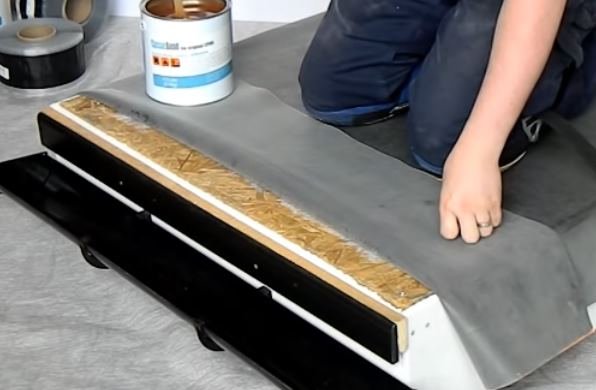
Next, smear the adhesive material on some parts of the roof horizontally. Then, attach the rubber roof gradually. After some parts have been attached well, you can continue attaching the next parts until the entire rubber roll is attached well. There is a possibility that some bubbles come out due to the glue not being smeared thoroughly.
You can use the leave blower and sweep it slowly to remove the bubbles. Repeat the process several times until you can see the bubbles are gone. Undeniably, this is the most difficult part of all. If you sweep it in the wrong direction, the bubble can increase. It is said that the key point is the rubber sheet installation from the beginning.
After sweeping the rubber roof area, the installation process is done. But for the difficult process, there is a possibility that the installation is not done only in one process.
In some cases, the installers must remove the sheet attachment and install it again. If you are sure that the installation is perfect, strengthen the rubber roofing rolls attachment with nails.
